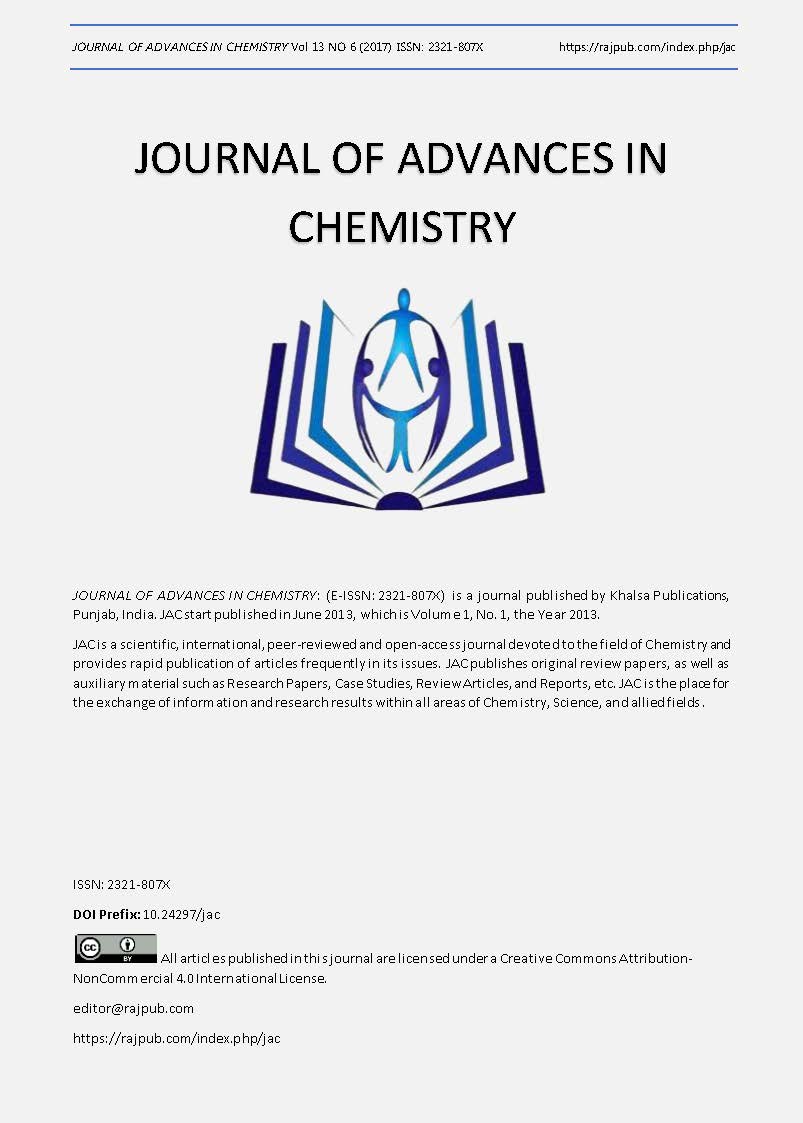ANALYSIS AND OPTIMIZATION OF FRICTION WELDING PARAMETERS FOR AA6061-AA2014 DISSIMILAR JOINTS
DOI:
https://doi.org/10.24297/jac.v13i6.5768Keywords:
Welding, Aluminium, Optimization, ANOVAAbstract
Friction welding is a solid state welding used owing to its properties such as low heat input, high production efficiency and environment friendliness. Materials which aredifficult towelded by fusion welding processes can be successfully done friction welding. In this work, an effort was made to predict the maximum tensile strength of friction welded AA 6061 and AA 2014 aluminium alloy dissimilar joints incorporating the process parameters such as rotational speed, friction pressure and forging pressures which have immense on the strength of joints. The friction welding process parameters were optimized to achieve maximum tensile strength of the joint. The maximum tensile strength of 210MPa  for the joints fabricated under the welding conditions ofrotational speed 1508 rpm, friction pressure of 8.16 MPa/secand forging pressure of 6.79 MPa/sec using the optimization techniques.
Downloads
References
[2] Ozdemir, Investigation of the Mechanical Properties of Friction-Welded Joints Between AISI 304Land AISI 4340 Steel as aFunction of Rotational Speed, Materials Letters(2005), 5909/20,2504.
[3] Yoon Han-ki, Kong Yu-sik, Kim Seon-jin,MechanicalProperties of Friction Welds of RAFs <JLF-lto SUS304
Steels as Measured by the Acoustic Emission Technique in “Fusion Engineering and Designâ€, (2006), 81(8/9/10/11/12/13/14), 945.
[4] Dobrovidov A N. Selection of Optimum Conditions for the FrictionWelding of High Speed Steel 45, Weld Prod, (1975), 22(3), 226.
[5] Ishibashi A, Ezoe S, Tanaka S. Studies on Friction Welding ofCarbon and Alloy-Steels, Bulletin of the JSME, (1983), 26(216), 1080.
[6] SahinMumim. Evaluation of the Joint Interface Properties ofAustenitic Stainless Steel (AISI 304) Joined by Friction Welding, Materials and Design, (2007). 28(7), 2244.
[7] Sathiya P, Aravindan S, NoorulHaq A. Mechanical and MetallurgicalProperties of Friction Welded AISI 304 Austenitic StainlessSteel. International Journal of AdvancedManufacturing Technology, (2005), 26(5/6): 505.
[8] Ananthapadmanaban D, SeshagiriRao V, Abraham Nikhil, etal. A Study of Mechanical Properties of Friction Welded MildSteel to Stainless Steel Joints, Materials and Design, (2009), 30(7), 2642.
[9] Satyanarayana V V, Madhusudhan Reddy G, Mohandas T , Dissimilar Metal Friction Welding of Austenitic-Ferritic StainlessSteels, Journal of Materials Processing Technology,(2005), 160(2),128.
[10] Yilmaz M. Investigation of the Welding Zone in Friction Weldingof Different Tool Steels, Istanbul, Technical Universityof Yildiz,(1993).
[11] AtesHakan ,Turker Mehmet , Kurt Adem. Effect of FrictionPressure on the Properties of Friction Welded MA956 IronBasedSuperalloy, Materials and Design, (2007), 28(3),948.
[l2] Meshram S D, Mohandas T, Madhusudhan Reddy G. FrictionWelding of Dissimilar Pure Metals, Journal of MaterialProcessing Technology, (2007) 1840/2/3),330.
[13] Lakshminarayanan A K, Balasubramanian V, Comparison ofRSM With ANN in Predicting Tensile Strength of FrictionStir Welded AA7039 Aluminum Alloy Joints,Transactionsof Nonferrous Metals Society of China,(2009), 190.
Downloads
Published
How to Cite
Issue
Section
License
 All articles published in Journal of Advances in Linguistics are licensed under a Creative Commons Attribution 4.0 International License.
All articles published in Journal of Advances in Linguistics are licensed under a Creative Commons Attribution 4.0 International License.




